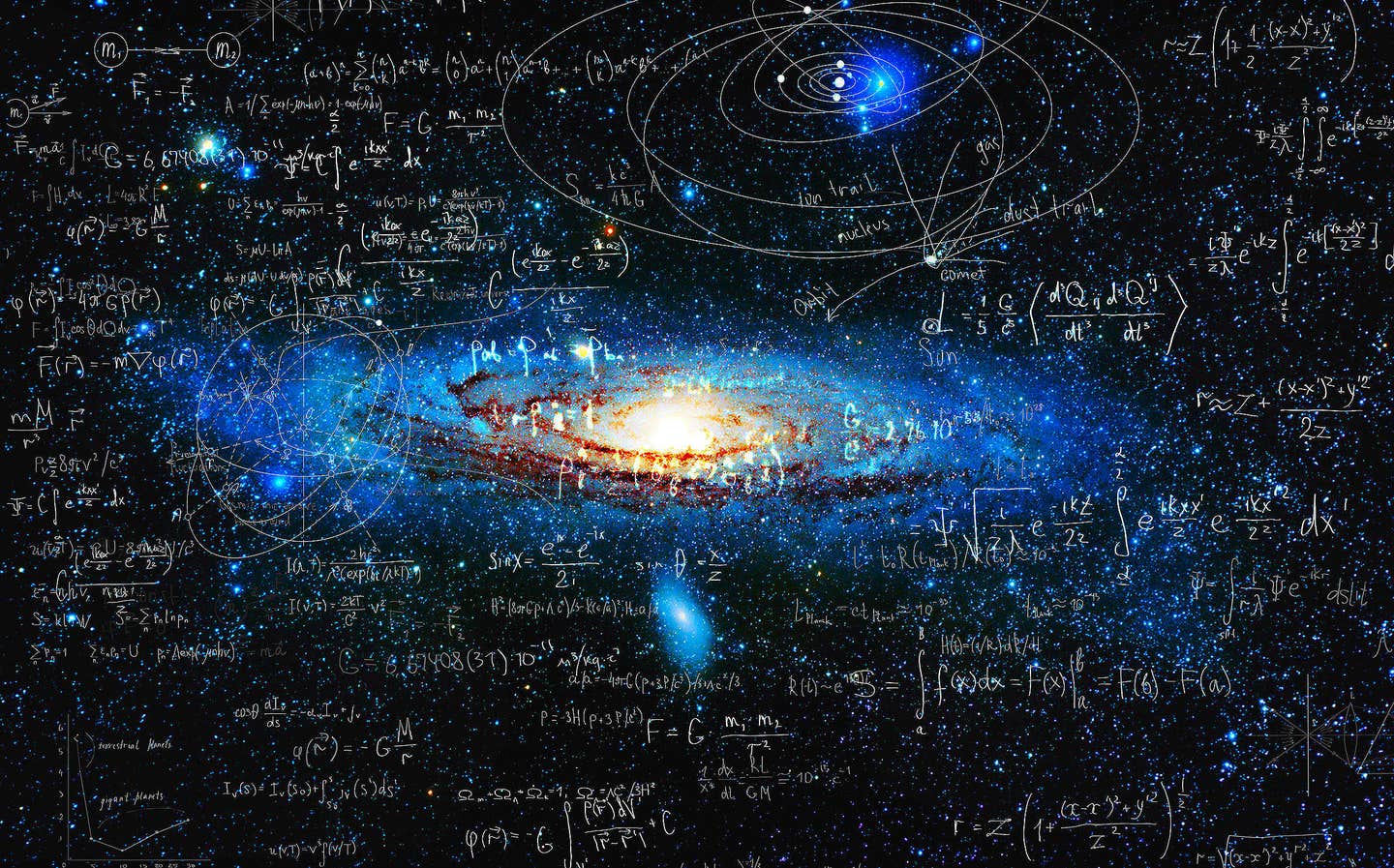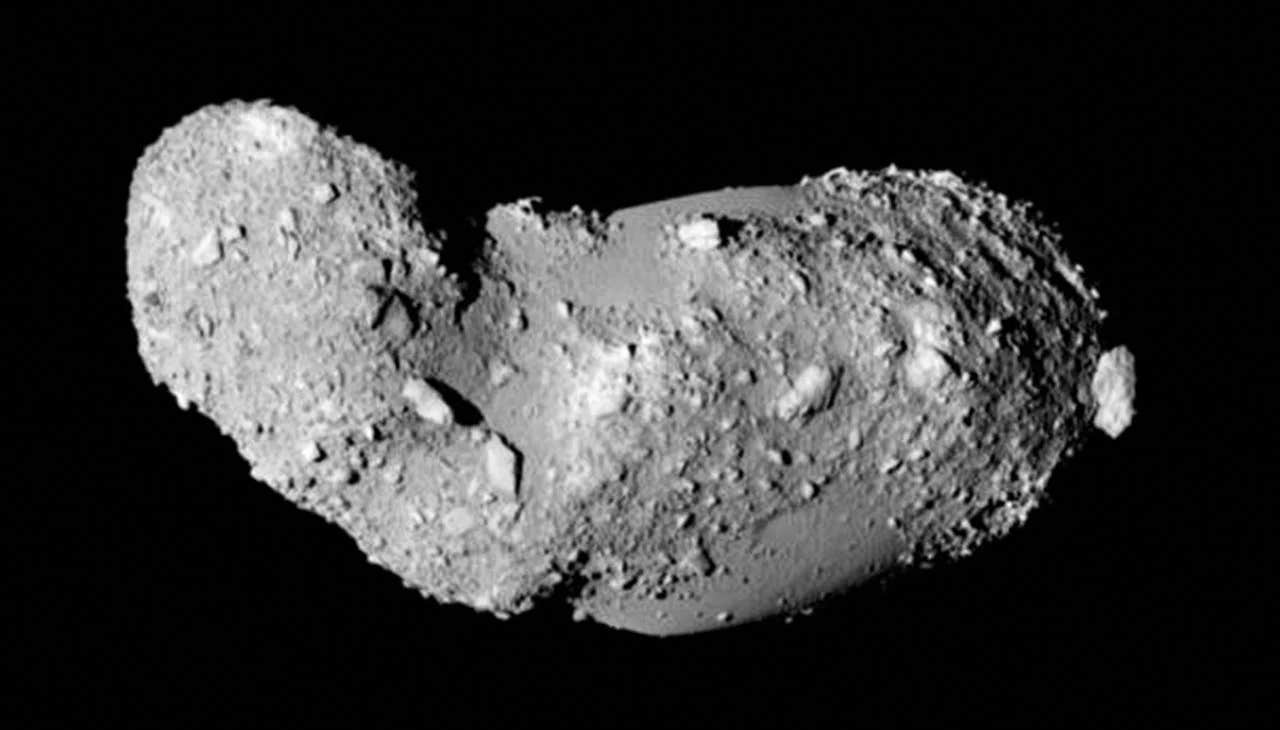Scientist reveals that gravity can exist without mass
Gravitational force, which involves the warping of space-time, affects all objects, even light photons, whether they have mass or not.

Dark matter, a mysterious substance thought to make up most of the universe’s mass, has puzzled scientists for nearly a century. (CREDIT: Creative Commons)
Dark matter, a mysterious substance thought to make up most of the universe's mass, has puzzled scientists for nearly a century. First proposed by Dutch astronomer Jan Oort in 1932 to explain the "missing mass" needed for galaxies to stay together, it remains undetected despite decades of research. However, a recent study by Dr. Richard Lieu at The University of Alabama in Huntsville (UAH) offers an intriguing alternative to dark matter.
In his paper published in the Monthly Notices of the Royal Astronomical Society, Lieu presents a theory that suggests gravity can exist without mass. This groundbreaking idea could potentially eliminate the need for dark matter to explain certain gravitational effects.
“My own inspiration came from my pursuit for another solution to the gravitational field equations of general relativity — the simplified version of which, applicable to the conditions of galaxies and clusters of galaxies, is known as the Poisson equation — which gives a finite gravitation force in the absence of any detectable mass,” says Lieu, a distinguished professor of physics and astronomy at UAH. “This initiative is in turn driven by my frustration with the status quo, namely the notion of dark matter's existence despite the lack of any direct evidence for a whole century.”
Lieu's theory revolves around topological defects in the cosmos, which may have formed during a phase transition in the early universe. A cosmological phase transition involves a widespread change in the state of matter. According to Lieu, these defects, which he describes as shell-like structures, could create the "excess" gravity needed to bind galaxies and clusters together.
“It is unclear presently what precise form of phase transition in the universe could give rise to topological defects of this sort,” Lieu says. “Topological defects are very compact regions of space with a very high density of matter, usually in the form of linear structures known as cosmic strings, although 2-D structures such as spherical shells are also possible. The shells in my paper consist of a thin inner layer of positive mass and a thin outer layer of negative mass; the total mass of both layers — which is all one could measure, mass-wise — is exactly zero, but when a star lies on this shell it experiences a large gravitational force pulling it towards the center of the shell.”
Gravitational force, which involves the warping of space-time, affects all objects, whether they have mass or not. Even massless photons are influenced by gravity from astronomical objects.
“Gravitational bending of light by a set of concentric singular shells comprising a galaxy or cluster is due to a ray of light being deflected slightly inwards — that is, towards the center of the large-scale structure, or the set of shells — as it passes through one shell,” Lieu notes. “The sum total effect of passage through many shells is a finite and measurable total deflection which mimics the presence of a large amount of dark matter in much the same way as the velocity of stellar orbits.
“Both the deflection of light and stellar orbital velocities is the only means by which one gauges the strength of the gravitational field in a large-scale structure, be it a galaxy or a cluster of galaxies. The contention of my paper is that at least the shells it posits are massless. There is then no need to perpetuate this seemingly endless search for dark matter.”
Lieu acknowledges that further research is needed to understand how galaxies or clusters form from these shells and how they evolve.
“This paper does not attempt to tackle the problem of structure formation. A contentious point is whether the shells were initially planes or even straight strings, but angular momentum winds them up. There is also the question of how to confirm or refute the proposed shells by dedicated observations.
Of course, the availability of a second solution, even if it is highly suggestive, is not by itself sufficient to discredit the dark matter hypothesis — it could be an interesting mathematical exercise at best,” Lieu concludes. “But it is the first proof that gravity can exist without mass.”
Lieu’s research opens new avenues for understanding the universe's gravitational forces. If proven correct, it could revolutionize the way we perceive and study the cosmos, challenging the long-held belief in dark matter's existence.
Note: Materials provided above by the The Brighter Side of News. Content may be edited for style and length.
Like these kind of feel good stories? Get the Brighter Side of News' newsletter.
Joseph Shavit
Head Science News Writer | Communicating Innovation & Discovery
Based in Los Angeles, Joseph Shavit is an accomplished science journalist, head science news writer and co-founder at The Brighter Side of News, where he translates cutting-edge discoveries into compelling stories for a broad audience. With a strong background spanning science, business, product management, media leadership, and entrepreneurship, Joseph brings a unique perspective to science communication. His expertise allows him to uncover the intersection of technological advancements and market potential, shedding light on how groundbreaking research evolves into transformative products and industries.



